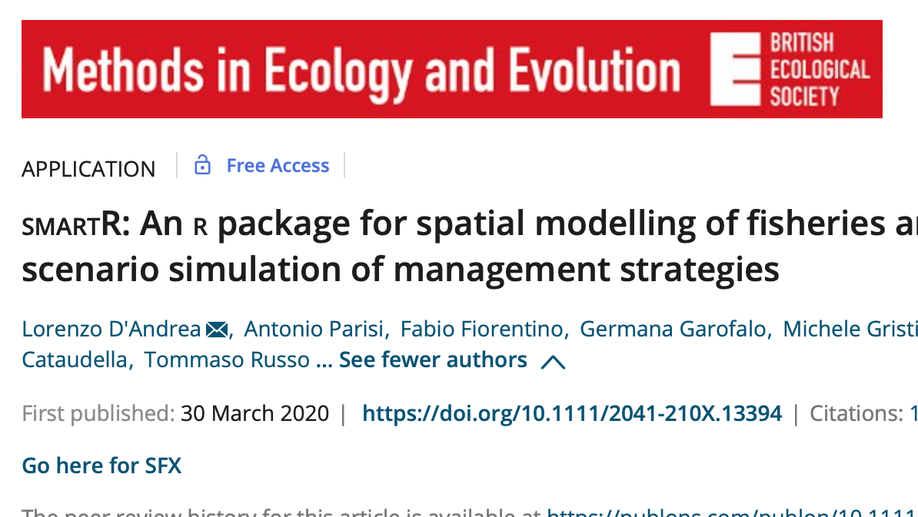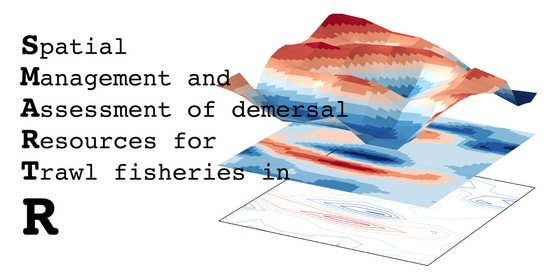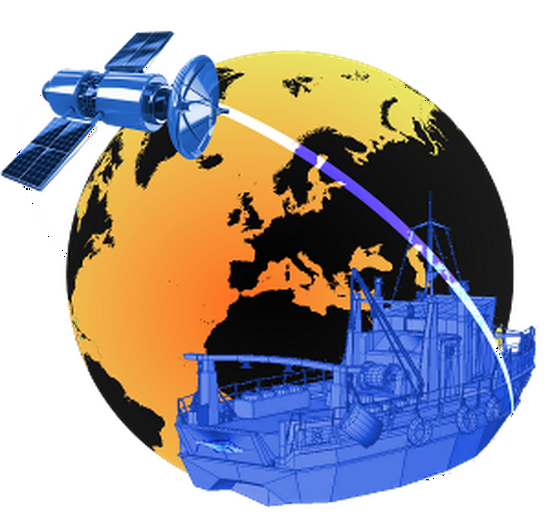Biography
My PhD thesis, ‘Spatial Models for Fisheries Management – Effort, Resources, Environment’, covers the model and the software tool SMART, used to examine the distribution of the demersal resources and the fishing effort; evaluate the current biological production and exploitation patterns; assess the impact of possible administration strategies to put in place simulating different management scenarios. I am also one of the authors of the R-package VMSbase, a platform allowing processing and analysing VMS, AIS and Logbook data. I am working on the fisheries science subjects from four years now, and I am being involved in different European projects, fully aware of the growing need of an international, interdisciplinary and connected network of scientist to be engaged on the assessment and management of our shared marine resources for their sustainable development and conservation for the future generations.
Management of catches, effort and exploitation pattern are considered the most effective measures to control fishing mortality and ultimately ensure productivity and sustainability of fisheries. Despite the growing concerns about the spatial dimension of fisheries, the distribution of resources and fishing effort in space is seldom considered in assessment and management processes. Nowadays, different tracking devices can be used to record the activity of fishing vessels in space and time and to analyze the pattern of fishing effort with respect to sea substrates, resources, or socio-economics factors. Among these devices, the Vessel Monitoring System (VMS) and the Automatic Identification System (AIS) represent the most interesting and fertile data sources for fisheries investigations. The development of state-of-the-art models based on this kind of data can provide an effective way to implement ecosystem approach to fisheries.
Interests
- Ecology
- Bioinformatics
- Conservation
- Artificial Intelligence
Education
-
Ph.D. in Evolutionary Biology and Ecology, 2017
Tor Vergata University of Rome
-
M.Sc. in Bioinformatics, 2012
Tor Vergata University of Rome
-
B.Sc. in Ecology, 2010
Tor Vergata University of Rome





